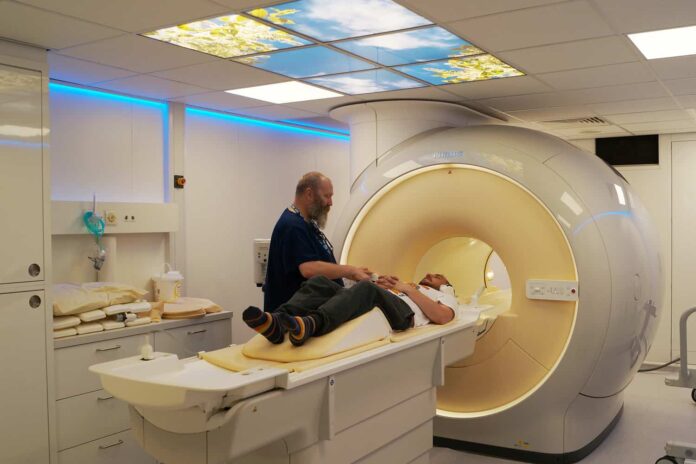When someone is having health problems, the range of worries can be enormous. While we all know the best policy is not to be overcome by worries over our health, the truth is that facing the unknown (as far as health problems go) is quite anxiety-producing. Due to the great advances in healthcare in the past several decades, there are now many choices as far as diagnosing potential health problems.
Means of Diagnosis
In earlier eras, the main means of diagnosis came through a doctor’s checkup, as a skilled physician can tell a lot by examining a patient and listening to their heartbeat, looking at their tongue, and feeling their chest and abdomen. In more recent times, X-rays became a huge part of diagnosis, as an experienced doctor or radiologist can discern a patient’s specific situation by looking at the X-ray and checking for signs of illness.
Today, there are even more ways of diagnosing a patient in depth, with the help of magnetic resonance imaging, or MRI. Traditionally, an MRI machine has a tube-like shape and the patient is expected to lie still, confined inside the machine for up to 90 minutes while the machine performs the scan. These MRI machines can produce detailed information through the body scans they take, but the issue of being confined inside the machine for a relatively long period of time can be problematic for many patients, especially if they suffer from claustrophobia. The narrow shape of the tube can also make this type of scan difficult for obese people to undergo.

The good news is that now with more developments in the area of magnetic resonance imaging, patients today also have the option of using an open MRI machine. These machines produce quality scans of patients without having them confined inside a tube, which makes this type of scan much more doable for many patients. These machines may not have quite as clear an image as traditional MRIs, but they still produce very effective results, which is good news for patients and for the doctors who care for them.
When someone is having health problems, the range of worries can be enormous. While we all know the best policy is not to be overcome by worries over our health, the truth is that facing the unknown (as far as health problems go) is quite anxiety-producing. Due to the great advances in healthcare in the past several decades, there are now many choices as far as diagnosing potential health problems.
Means of Diagnosis
In earlier eras, the main means of diagnosis came through a doctor’s checkup, as a skilled physician can tell a lot by examining a patient and listening to their heartbeat, looking at their tongue, and feeling their chest and abdomen. In more recent times, X-rays became a huge part of diagnosis, as an experienced doctor or radiologist can discern a patient’s specific situation by looking at the X-ray and checking for signs of illness.
- Reasons to Visit an Imaging Center
Today, there are even more ways of diagnosing a patient in depth, with the help of magnetic resonance imaging, or MRI. Traditionally, an MRI machine has a tube-like shape and the patient is expected to lie still, confined inside the machine for up to 90 minutes while the machine performs the scan. These MRI machines can produce detailed information through the body scans they take, but the issue of being confined inside the machine for a relatively long period of time can be problematic for many patients, especially if they suffer from claustrophobia. The narrow shape of the tube can also make this type of scan difficult for obese people to undergo.
The good news is that now with more developments in the area of magnetic resonance imaging, patients today also have the option of using an open MRI machine. These machines produce quality scans of patients without having them confined inside a tube, which makes this type of scan much more doable for many patients. These machines may not have quite as clear an image as traditional MRIs, but they still produce very effective results, which is good news for patients and for the doctors who care for them.











